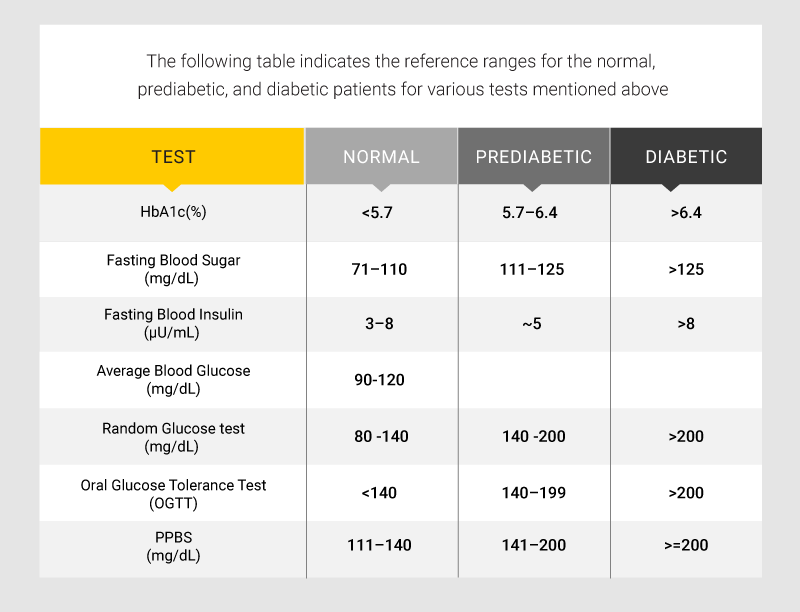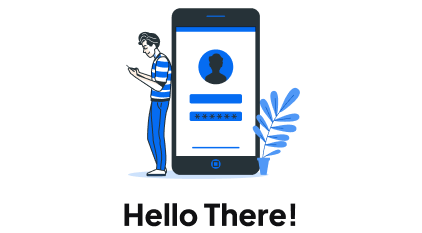Getting diagnosed with diabetes can be one personal battle, fought every single day for the rest of one’s life, if not for introspection and right intervention.
Recognizing type 2 diabetes to be a progressive disease, it all starts with a combination of factors that add up the odds of developing the lifestyle condition.
Some of the readers are chronic night owls. For others, it’s giving into tempting baked goods or empty calories. Midnight noshing, two extra spoons of sugar, long periods of inactivity…the list goes on! And with 1 in 11 people, type 2 diabetes continues to be a common disease in the adult population.
And what’s even more shocking is that 1 in 2 (i.e. 232 million) people with diabetes remain undiagnosed. A state of denial- not seeking proper medical help and personal management- or not undergoing screening for blood sugars can lead to a consortium of several other diseases and organ-wide malfunctions that follow as complications.




